Have you noticed the renewed interest in film photography among both young and experienced photographers? Many people feel overwhelmed when trying to pick their first film camera from the countless options available.
Good news: you don’t need fancy gear or technical know-how to start taking beautiful film photos. The right camera can make all the difference for newcomers to film photography.
This guide will show you the top film cameras that are perfect for beginners based on ease of use, price, and photo quality. Each option offers something special for new photographers.
Ready to find the perfect film camera to start your photography hobby? Let’s look at the best choices for beginners.
What Makes a Film Camera Beginner-Friendly?
Choosing the right film camera when you’re just starting out is crucial. A good beginner camera should be simple to use and not break the bank. The best ones have clear controls that help you learn as you go. They should be tough enough to handle small mishaps that happen when you’re still getting the hang of things.
Key factors that make film cameras perfect for beginners:
- Simple controls with fewer settings to adjust
- Built-in light meters that help with proper exposure
- Affordable price point for both the camera and film
- Manual focus options that are clear and easy to see
- Sturdy build that can withstand minor bumps
- Common film formats (35mm) that are widely available
- Basic lens options without complex attachments
When cameras have these features, they help new photographers focus on learning composition and timing rather than getting stuck with complex technical details.
Disclaimer: The products mentioned in this blog are based solely on personal experience and are not sponsored or affiliated with any brands.
Top 5 Beginner-Friendly Film Cameras You’ll Love
Film photography is making a comeback, and there’s no better way to start than with a beginner-friendly camera.
Whether you’re into full manual control or something with a bit more automation, these five cameras offer the perfect blend of affordability, reliability, and fun for newcomers to film photography.
1. Canon AE-1: The Classic Choice for Newbies
The Canon AE-1 stands out with its solid build and clear controls. This camera offers both manual and automatic modes, which makes it ideal for those just starting out. Its shutter speed-priority system helps new users capture good shots without needing to know all the technical details yet. Additionally, there are numerous affordable Canon FD lenses to explore as you progress.
Why it’s best: The AE-1’s clear viewfinder and helpful light meter guide beginners toward proper exposure without feeling too complex.
Links:
2. Nikon FM10: Perfect for Learning the Basics
The Nikon FM10 keeps things wonderfully simple. With fully manual settings and a built-in light meter, this camera helps beginners understand the basics of exposure in a step-by-step manner. Its clean design removes any confusion from the learning process. The camera is compatible with most Nikon F-mount lenses, offering users a wide range of options.
Why it’s best: Its battery-free mechanical shutter works even without power, making it very stable for new photographers.
Links:
3. Minolta X-700: Great for Both Auto and Manual Shooters
The Minolta X-700 offers a smooth path from beginner to skilled photographer. It has three shooting modes—manual, auto, and program—that let you choose how much control you want. The bright viewfinder displays all key info clearly. This camera feels good in your hands and isn’t too heavy for all-day shooting.
Why it’s best: The program mode handles both shutter speed and aperture for you, letting beginners focus only on framing and timing.
Links:
4. Pentax K1000: The Ultimate Beginner’s Tool
The Pentax K1000 has been a favorite teaching tool in photo classes for years. This no-frills manual camera has just the basics: a light meter, clear focus screen, and simple controls. Its metal body can take lots of small bumps without issues. The K1000 teaches you the foundations of photography without distractions.
Why it’s best: Its stripped-down design forces beginners to learn the real basics of exposure and focus without relying on auto settings.
Links:
5. Olympus OM-10: Compact and Feature-Rich
The Olympus OM-10 packs many helpful features into a small body. Its compact size makes it easy to carry everywhere, which means more chances to practice. The aperture-priority mode helps beginners control depth of field while the camera handles shutter speed. The OM-10’s clear controls make learning quick.
Why it’s best: Its small size and light weight make it the perfect camera to always have with you, which is key for building skills through daily practice.
Links:
How to Choose the Right Film Camera for You
Selecting your first film camera can be challenging with the numerous options available. The key is to match the camera with your needs and goals. Take some time to consider what you want from your photography before making a purchase.
Start by setting a clear budget. Film cameras range from $50 to several hundred dollars. Include extra costs like film, developing, and extra lenses in your planning.
Consider what type of photos you want to take. If you like street photos, a smaller camera might work best. For landscapes, you might need something with good manual controls.
Think about your learning style too. Do you prefer to jump in with full manual settings? Or would you rather have some automatic features while you learn?
Try holding different cameras if possible. The way a camera feels in your hands matters a lot for how often you’ll use it.
Ask yourself these questions:
- How much am I willing to spend?
- Do I want automatic features or full manual control?
- What size and weight can I handle comfortably?
- How available are films and parts for this model?
- Will I need extra lenses soon?
Your first film camera should make you excited to take photos. When you find one that feels right and fits your budget, you’ll be more likely to use it often and improve your skills.
Tips for Taking Great Photos with Your First Film Camera
- Start with the Right Film: Choose films with ISO 400 for good all-around use. This speed works well in most lighting conditions. Try both color and black-and-white films to see which style you prefer. Each film brand has its own look and feel, so test different ones to find your favorite.
- Learn to Load Film Properly: Take your time when loading film for the first few tries. Make sure the film catches on the takeup spool correctly. Check that the film moves when you advance the lever. Always close the back in shade or dim light to avoid exposure issues.
- Master Focus First: Sharp focus makes a huge difference in photo quality. Practice manual focusing by turning the lens ring until your subject looks clear in the viewfinder. For moving subjects, try pre-focusing on a spot where they will be. Good focus takes practice but quickly becomes second nature.
- Understand the Light Meter: Your camera’s light meter helps get the right exposure. When the needle or LED is centered, your settings are good. If the meter shows a + sign, your image will be too bright. A – sign means it will be too dark. Adjust your settings until the meter shows a balanced reading.
- Be Mindful of Each Shot: With only 24 or 36 shots per roll, film teaches you to think before pressing the shutter. Plan your composition carefully. Wait for the right moment. This careful approach will make you a better photographer in the long run.
- Track Your Settings: Keep notes on what settings you used for each roll. Write down the film type, ISO, shutter speed, and aperture when possible. This helps you learn from your results and improve over time.
- Develop a Relationship with a Good Lab: Find a quality photo lab that can develop your film properly. Ask questions and learn from their expertise. A good lab can give you tips and help solve problems with your photos. They become valued partners in your film photography journey.
- Embrace Mistakes: Film photography includes happy accidents. Some of your best photos might come from mistakes. Light leaks, double exposures, or unusual colors can create unique effects. Keep an open mind about results that look different from what you expected.
Conclusion
Film photography teaches patience and thoughtful picture-taking in ways digital cannot. The cameras we looked at offer simple paths into this rewarding hobby without complex features that might confuse you.
Remember that your first film camera is just that—a first step. As you learn more about exposure, focus, and composition, you’ll find your own style and may want different tools later.
The most important thing isn’t which camera you pick but that you use it often. Take it everywhere. Shoot different subjects in various lighting. Make mistakes and learn from them.
What matters most is the joy of waiting for your photos to be processed and the thrill of seeing your vision come to life on film.
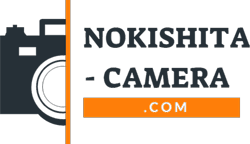
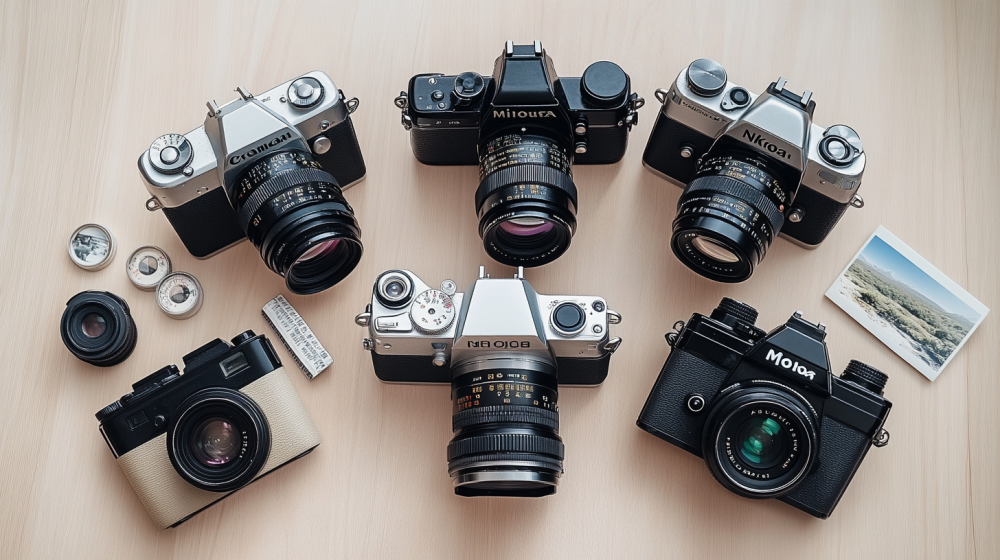
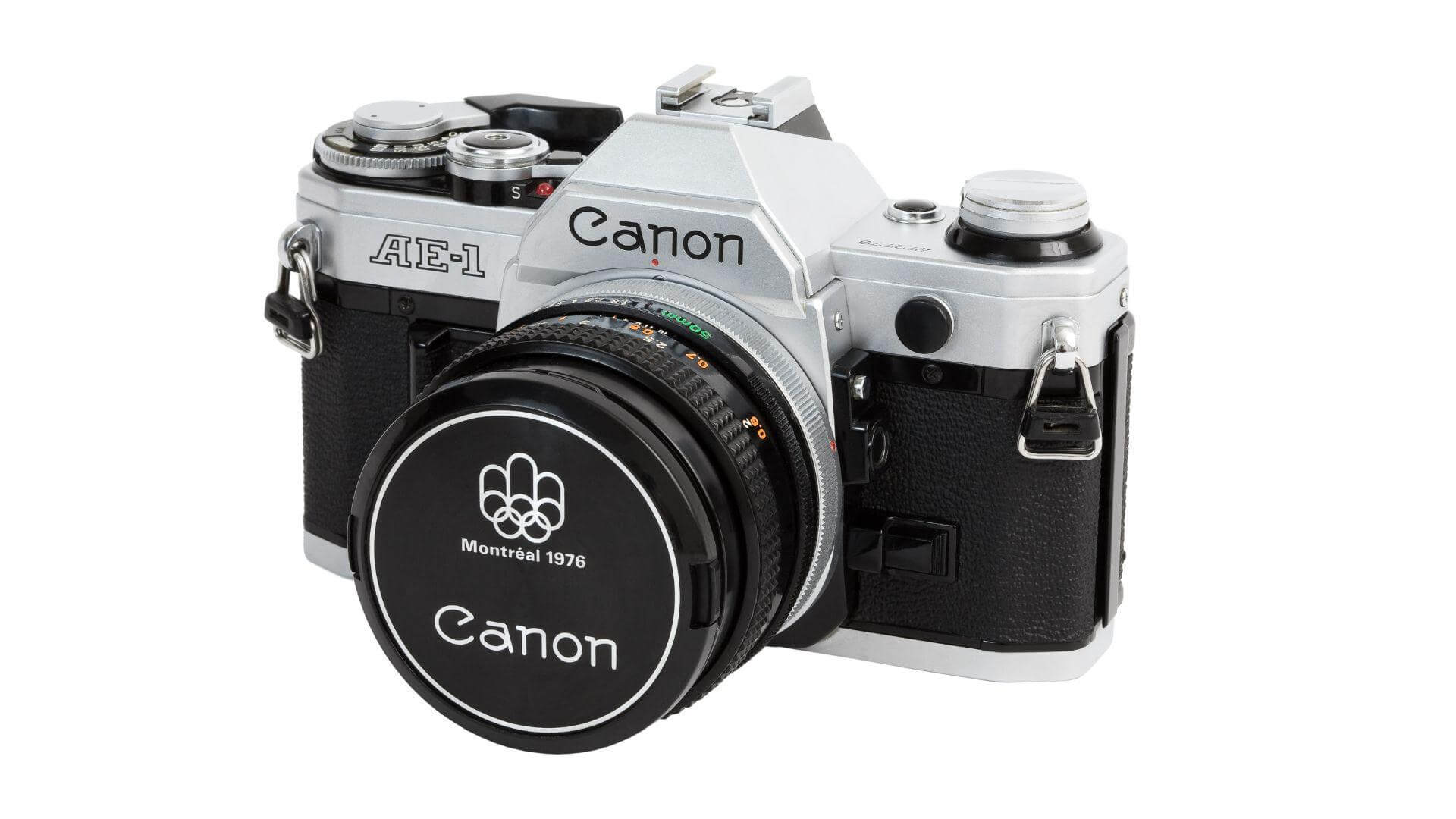
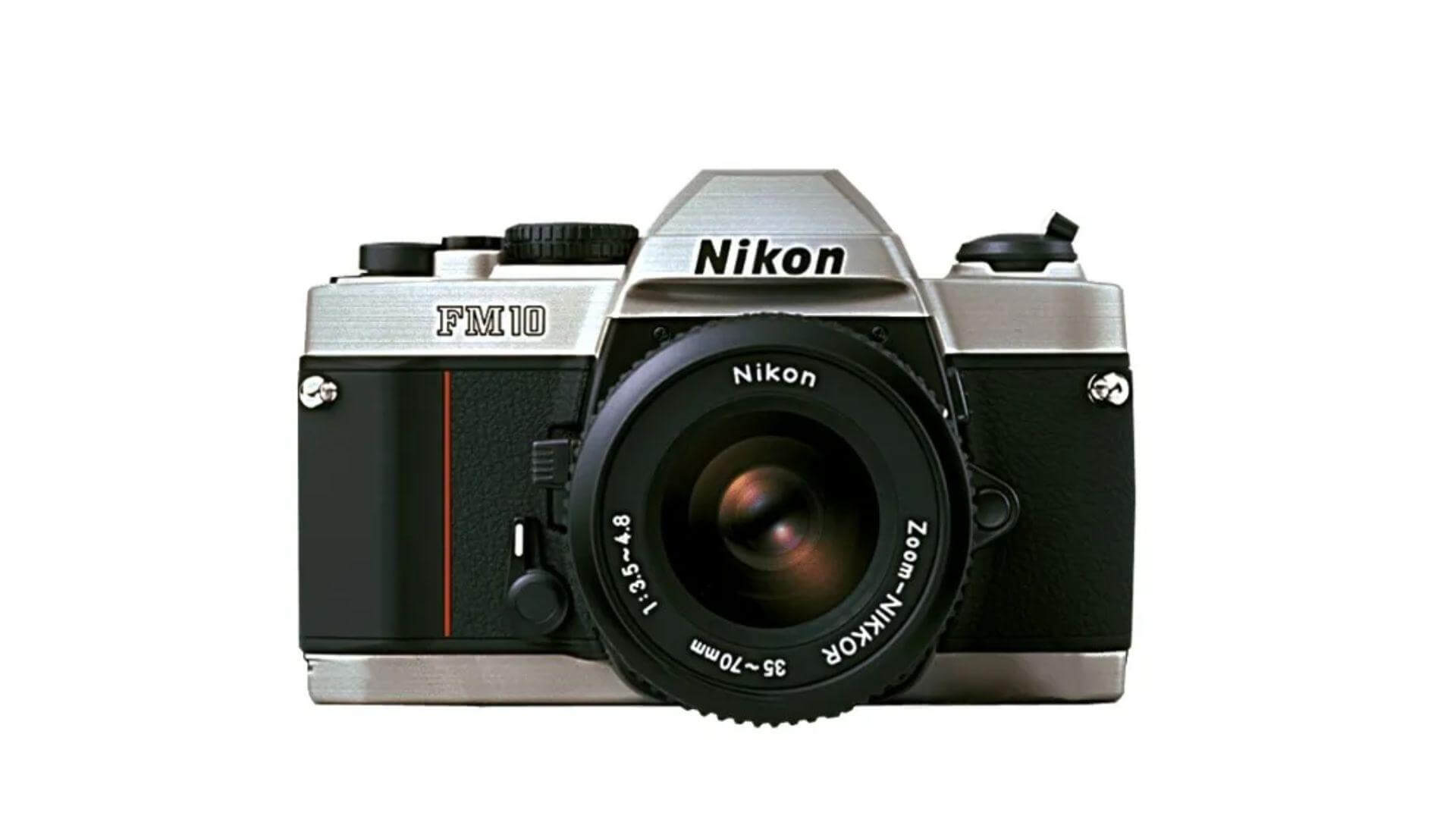
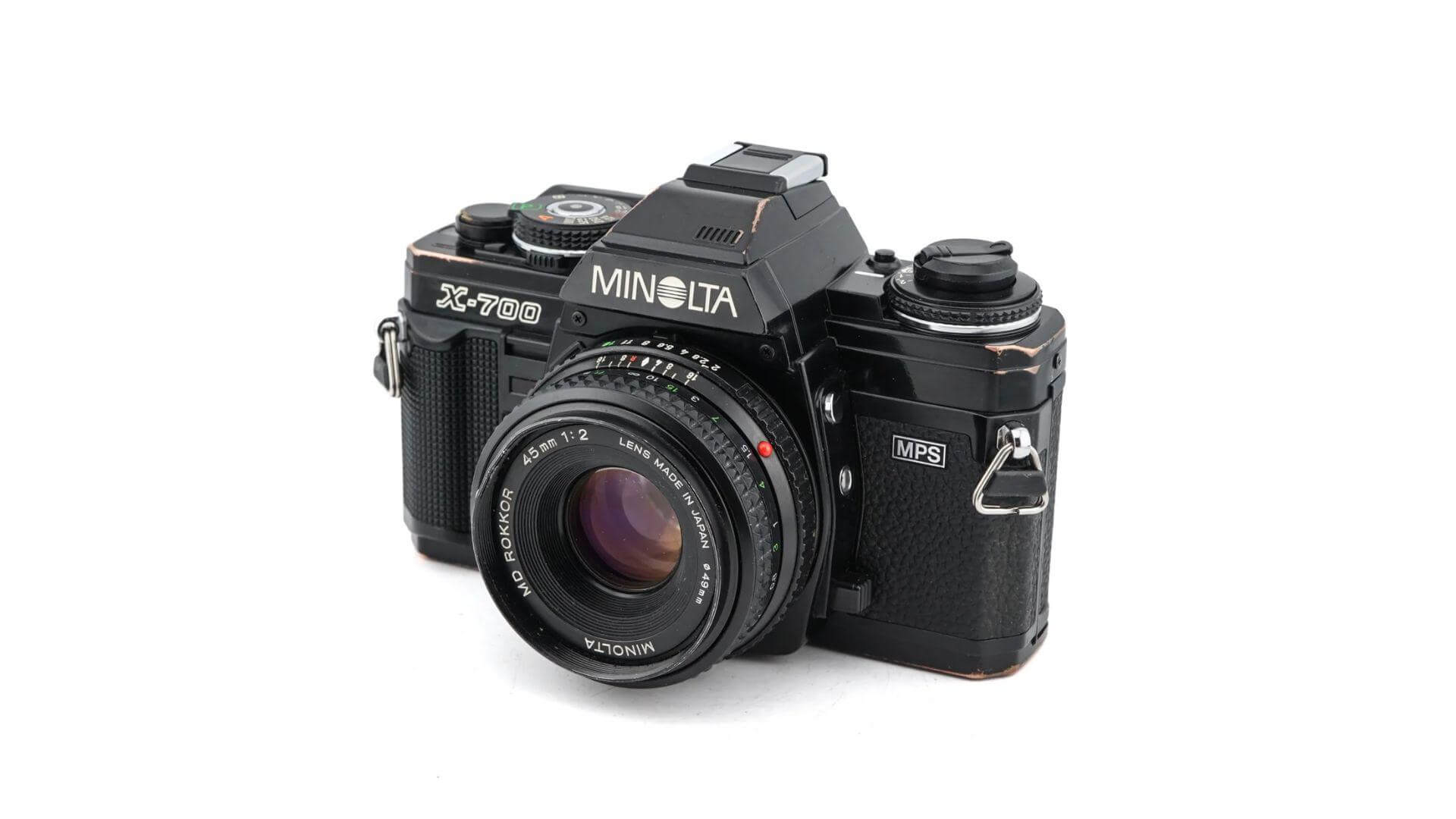
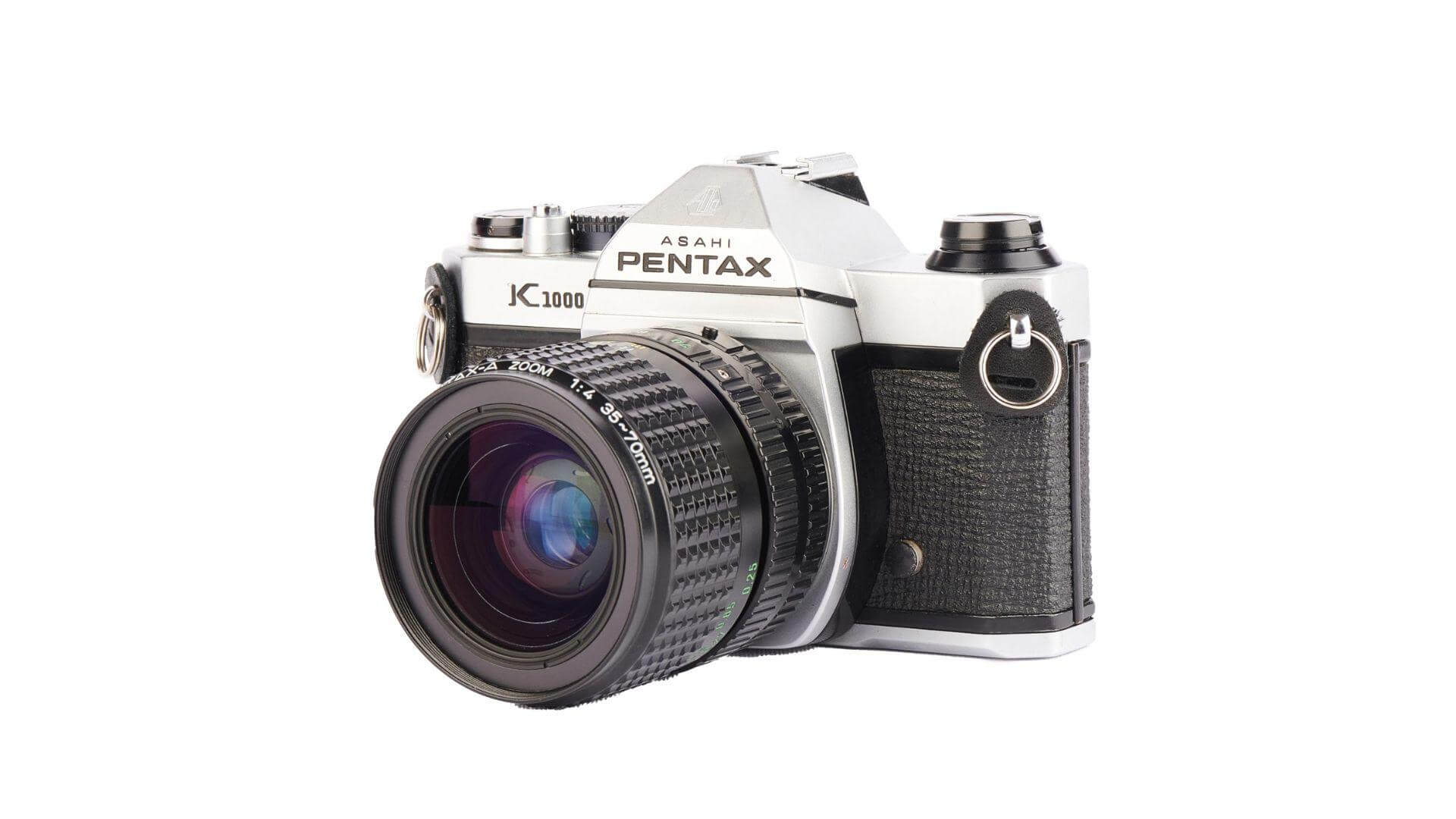
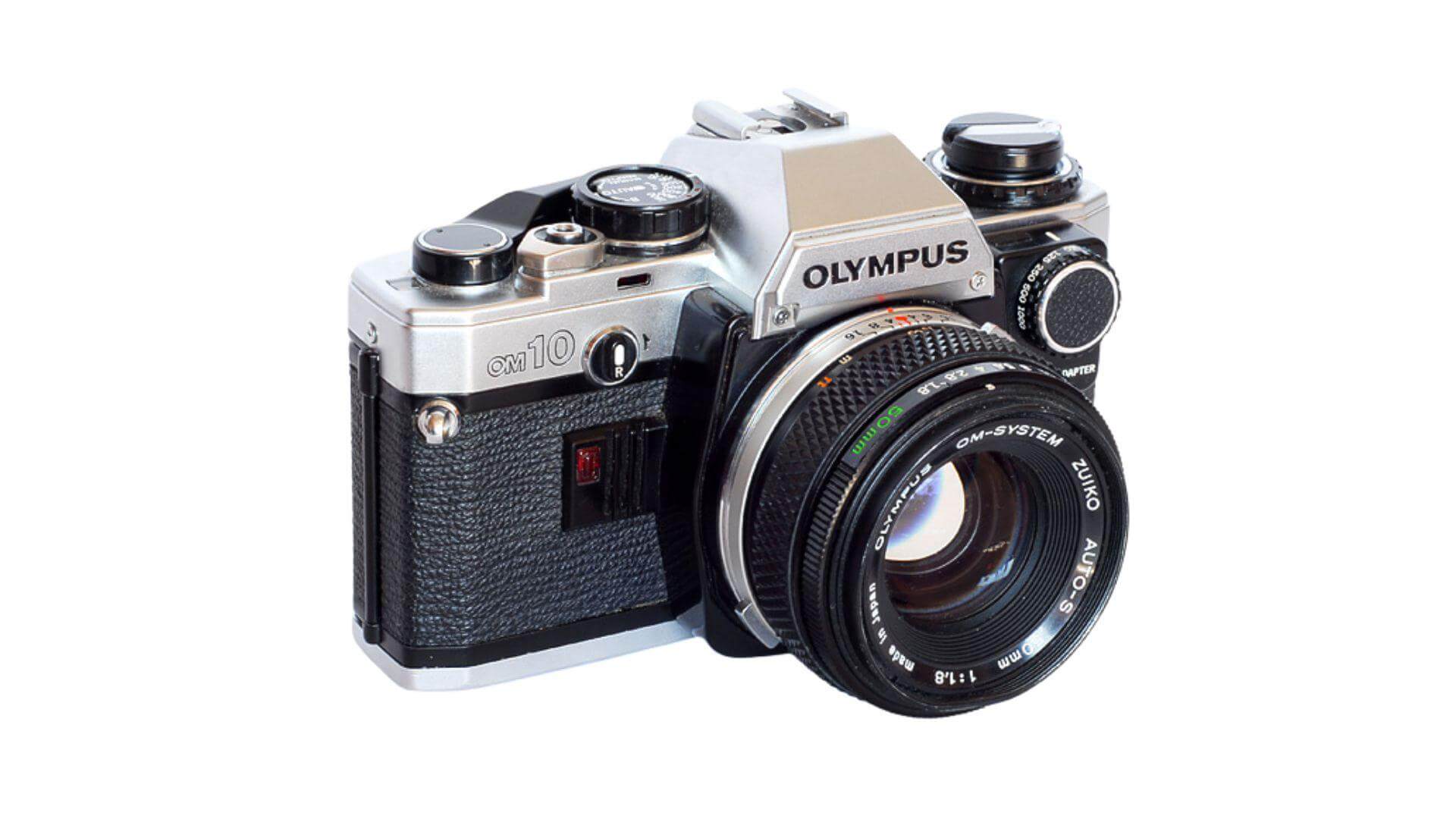

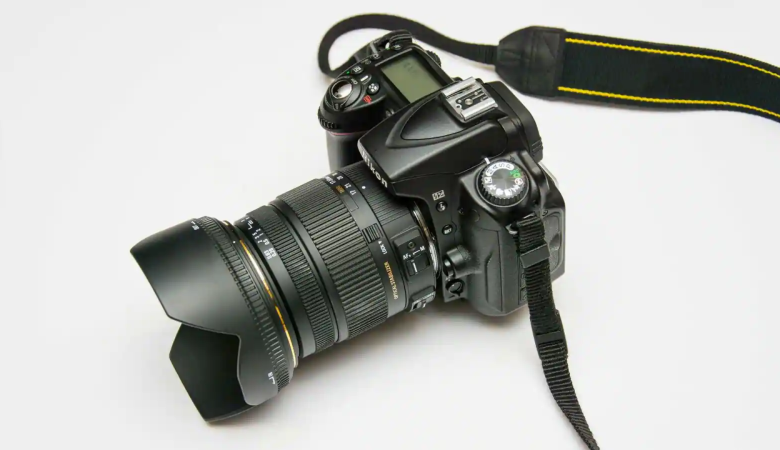
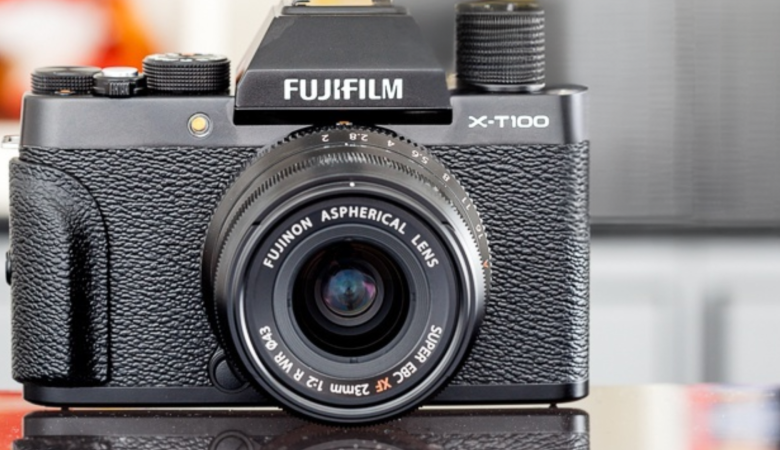
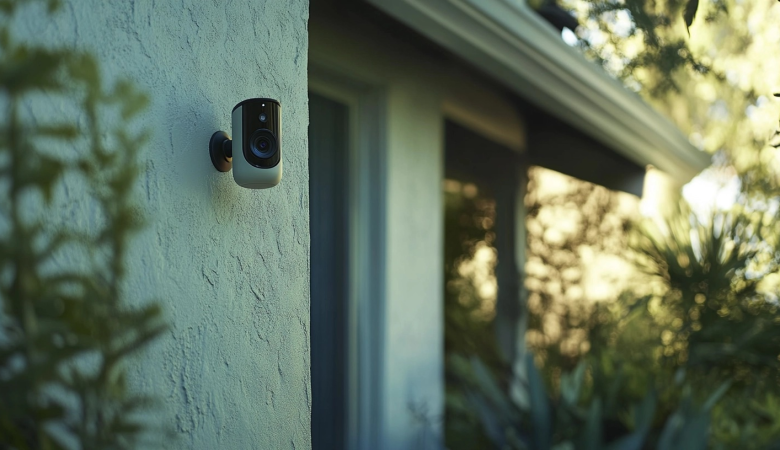
Leave a Reply